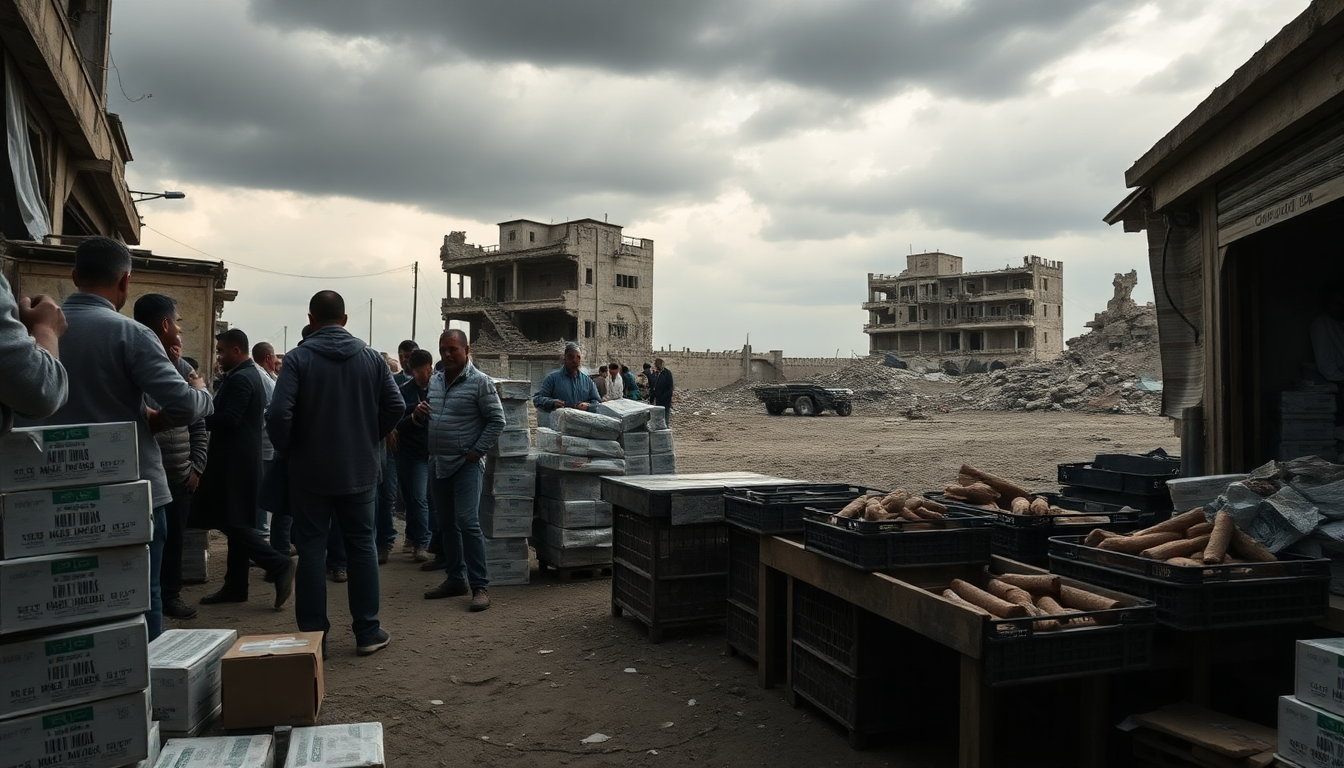Table of Contents
The humanitarian crisis in Gaza has hit a critical point, catching the eye of the international community and humanitarian organizations. With months marked by severe food shortages and rising violence, there’s an urgent call for help. So, what’s really going on in Gaza? This article aims to give you an in-depth look at the current conditions, how various nations are responding, and what these developments mean on the ground.
Current Conditions: A Desperate Situation
Over the past few months, residents of Gaza have been grappling with unprecedented challenges, largely due to a blockade that has severely limited access to essential supplies. Picture this: people scrambling for aid that is only just beginning to trickle in. The severe lack of food, clean water, and medical supplies has created an atmosphere of desperation, prompting both local and international activists to step up.
Activists have bravely confronted Israeli forces to spotlight the plight of Palestinians, especially during attempts to deliver humanitarian aid. These confrontations illustrate the tension surrounding aid distribution amidst ongoing conflict, like the recent raid on the Handala aid ship. The complexities of delivering aid in such a volatile area are glaring, with many organizations tirelessly working to navigate the obstacles posed by military actions and diplomatic hurdles.
International Reactions and Implications
As the situation unfolds, international reactions vary significantly. For instance, France’s recent decision to officially recognize Palestine marks a noteworthy shift in diplomatic relations. This could ramp up pressure on other nations, including the United Kingdom, and reshape international policies and aid strategies. Could this recognition by a major European power lead to more substantial humanitarian support? Only time will tell.
Global protests have erupted, with hundreds gathering in cities like London to show solidarity with the people of Gaza. These demonstrations often involve symbolic actions, such as banging pots and pans, to highlight the hunger crisis faced by Palestinians. The increasing public awareness and activism might just spark more diplomatic discussions, potentially reshaping the narrative around international support for Gaza.
The Role of Media in Shaping Perceptions
The media plays a pivotal role in shaping how we perceive and understand the humanitarian crisis in Gaza. Coverage of tragic events, such as the death of Palestinian journalist Adam Abu Harbid during an Israeli strike, underscores the dangers faced by those reporting from conflict zones. These incidents not only highlight the human cost of ongoing violence but also the struggle for accurate representation of the situation in Gaza.
As the crisis continues, responsible journalism becomes even more crucial. Accurate reporting is essential to ensure that the voices of those affected are heard, fostering a deeper understanding of the complexities surrounding this humanitarian situation. Informed citizens can then advocate for meaningful change and support efforts to alleviate suffering in Gaza.
Looking Ahead: Future Prospects
The future of the humanitarian crisis in Gaza remains uncertain, influenced by local dynamics and international politics. As aid starts to flow in, the immediate focus will be on meeting the basic needs of the population. However, achieving sustainable solutions will demand a long-term commitment from the global community, highlighting the need for a balanced approach to both peace and humanitarian support.
In conclusion, the situation in Gaza is a multifaceted crisis that warrants attention from all corners of society. Understanding the nuances of this humanitarian emergency is crucial for fostering effective responses and building a future that prioritizes peace and stability for everyone involved.


